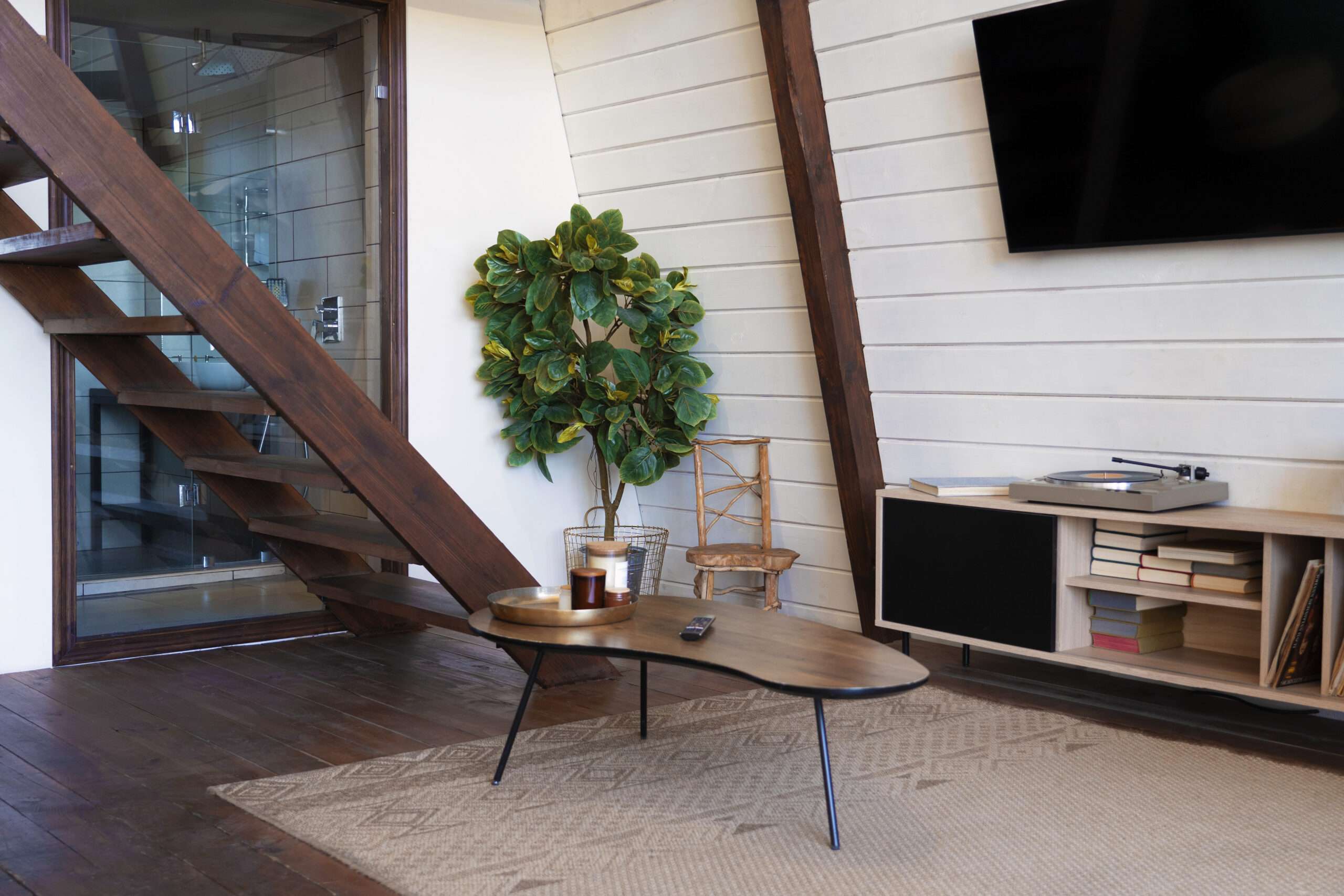Basement and Cellar Waterproofing Techniques
Basement waterproofing is essential to prevent water intrusion and maintain a dry below-ground environment. Inspect the basement for cracks, gaps, and areas of vulnerability where water can enter. Pay attention to window wells, joints, and the foundation.
Moreover, you can Improve exterior drainage by ensuring proper grading away from the foundation. Install gutters and downspout extensions to divert water away from the building.
Fill foundation cracks and gaps with appropriate sealants to prevent water seepage, and consider using hydraulic cement for larger cracks.
Applying waterproof coatings or paints to basement walls and floors, and this provides an additional barrier against moisture. Why not consider installing interior drainage systems, such as French drains or drain tiles, to collect and redirect water away from the basement?
Preventing Basement Flooding: Expert Tips for Landlords
Landlords in Brighton, or wherever it is in the UK, have a responsibility to protect their properties and provide a safe living environment for tenants.
Conduct routine inspections of the property to identify potential drainage issues or vulnerabilities. Address any problems promptly. Clear gutters, downspouts, and exterior drains regularly to prevent blockages and ensure proper water flow.
Additionally, Inform tenants about the importance of maintaining a dry basement. Encourage them to report any signs of moisture or leaks promptly. Make sure you have a contingency plan in place in case of basement flooding. Provide tenants with emergency contact information and instructions on what to do in such situations.
Preventing basement flooding not only protects your home but also plays a crucial role in enhancing garden drainage, so the effect that poor underground drainage has can not be underestimated.
Common Drainage Problems in Basements and Cellars
To fully understand your drainage system, you should know that basements and cellars can encounter various drainage issues, each with its own set of symptoms and causes. By understanding these common problems, you can effectively troubleshoot and address them before they escalate. Here are a few key drainage problems to be aware of:
- Moisture Seepage: Moisture seeping through basement walls or floors can lead to dampness and mould growth. Causes may include poor exterior drainage, foundation cracks, or high groundwater levels.
- Condensation: Basements and cellars are prone to condensation due to temperature differences between the interior and exterior. Condensation can contribute to moisture buildup and musty odours.
- Basement Flooding: Heavy rainfall, improper grading, or faulty drainage systems can cause basement flooding. This can result in significant damage to the structure and belongings.
Sump Pump Installation and Maintenance
A sump pump is a vital component of basement drainage systems, helping to remove accumulated water and prevent flooding. Here’s what you need to know about sump pump installation and maintenance:
- Installation: Place the sump pump in the lowest part of the basement or cellar, known as the sump pit. Ensure proper sizing and installation by following manufacturer guidelines or consulting a professional.
- Backup Power: Install a battery backup system to ensure the sump pump continues to operate during power outages, which often occur during severe storms.
- Regular Maintenance: Inspect the sump pump regularly to ensure it is in good working condition. Test it by pouring water into the sump pit to simulate flooding and ensure proper operation.
So, Let’s Conclude…
Proper basement and cellar drainage is crucial for maintaining a dry and healthy below-ground environment. By understanding common drainage problems, implementing effective waterproofing techniques, installing and maintaining sump pumps, and taking preventive measures, homeowners and landlords can ensure their basements and cellars remain dry and protected.
With these insights and expert tips, you are well-equipped to tackle drainage issues and create a comfortable living space for yourself or your tenants.
